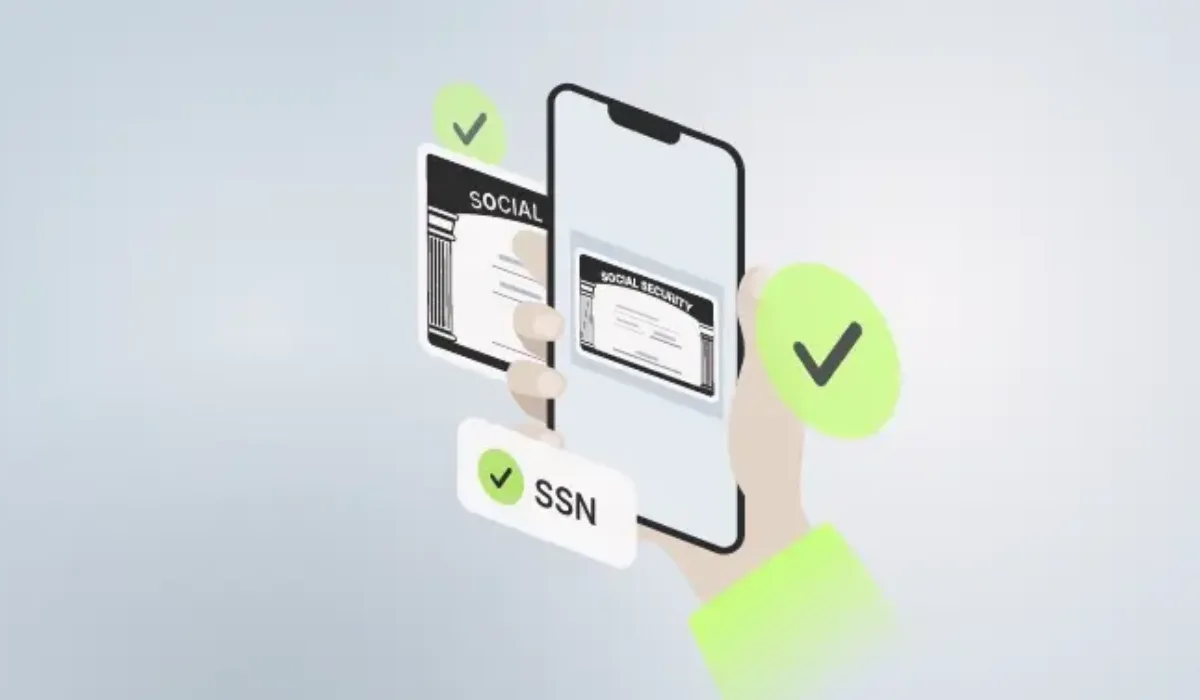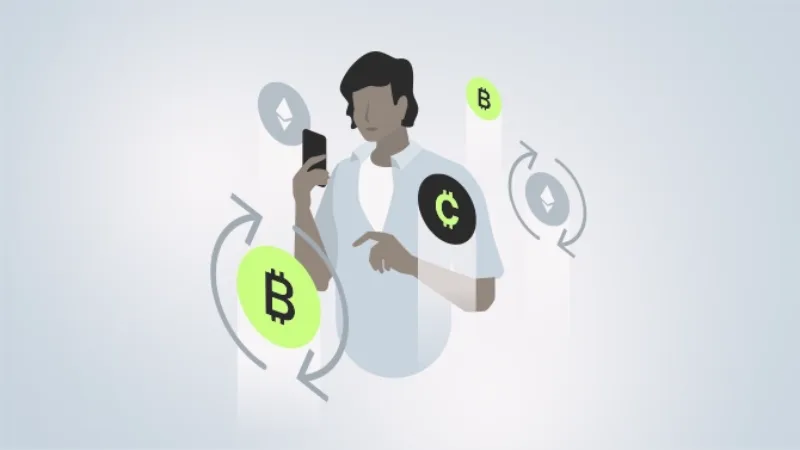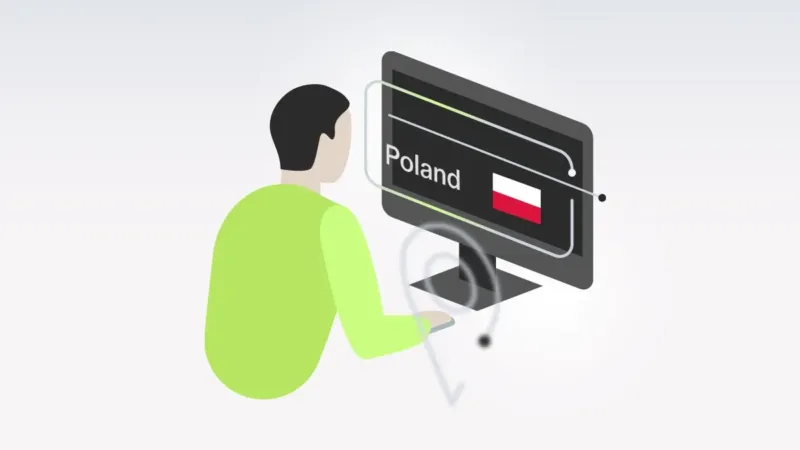Social Security Identity Verification Changes in 2025: What You Need to Know

The U.S. Social Security Administration (SSA) is implementing significant changes to its identity verification processes in 2025. These updates will affect how individuals verify their identities using Social Security Numbers (SSNs), and the ripple effects will extend across businesses in banking, fintech, healthcare, and more. Whether you’re an individual navigating digital services or a business managing customer onboarding, here’s what these changes mean for you.
What’s Changing with Social Security Identity Verification?
In 2025, the Social Security Administration (SSA) is overhauling its identity verification procedures to combat escalating threats such as identity theft, synthetic identity creation, and misuse of personal data. These changes are designed to bring Social Security identity checks into the digital age, making them more secure, transparent, and resilient against fraud.
Key Changes at a Glance:
From static to multi-layered verification: The days of relying solely on static information like your Social Security Number (SSN) are coming to an end. The new system emphasizes multi-factor authentication and biometric-enabled identity checks, such as facial recognition or fingerprint scans, making it far more difficult for bad actors to impersonate legitimate individuals.
Mandatory use of eCBSV system: All businesses that verify SSNs particularly in banking, insurance, and employment sectors must now integrate with the SSA’s Electronic Consent-Based SSN Verification (eCBSV) system. This platform allows for real-time SSN verification, directly linked to Social Security records, and reduces the risk of falsified identities slipping through the cracks.
Stronger identity verification procedures through consent: One of the biggest changes is the requirement for explicit consumer consent. Whether you’re updating your direct deposit information or applying for Social Security benefits, organizations must now provide a clear explanation of how and why your SSN is being verified, and get your authorization before proceeding.
Enhanced oversight and compliance: The SSA is also implementing increased monitoring of data usage and imposing stricter compliance audits for companies that access its systems. Organizations failing to meet the new standards could face penalties or be barred from using SSA services altogether.
These updates are not isolated as they’re part of a coordinated national strategy to modernize identity security. With the rise of data breaches, synthetic identities, and complex fraud schemes, the SSA is positioning itself at the forefront of digital trust and security. Individuals and businesses alike will interact more with SSA systems—either online or through a local security office—but those interactions will be safer and more accountable than ever before.
How This Impacts Identity Verification Practices
The 2025 updates to Social Security identity verification are set to transform how businesses across sectors verify customer identities, not just in government-related processes, but across banking, healthcare, employment, and beyond. These shifts will lead to more robust, consistent, and regulated verification frameworks, replacing outdated, SSN-dependent models.
Moving Beyond the SSN as a Primary Identifier
For decades, the Social Security Number served as a de facto national ID in the U.S.—used for everything from loan applications to medical intake forms. But with SSNs increasingly compromised in large-scale data breaches, reliance on them alone is no longer sustainable. The SSA’s push for stronger identity verification procedures signals a shift toward multi-layered verification models, including:
- Biometrics (e.g., facial recognition or fingerprint scans),
- Device-based authentication (e.g., mobile ID checks),
- Behavioral signals (e.g., keystroke patterns, geolocation),
- Direct integration with official SSA systems, such as the eCBSV, for real-time verification of Social Security records.
These new models are not only more secure but more adaptable to digital environments, particularly mobile-first and remote onboarding scenarios.
Consent-First Verification Frameworks
A major regulatory shift is the requirement for explicit consumer consent in any identity verification involving SSNs. This impacts how companies collect, store, and process identity data, especially during:
- Account openings (e.g., for banks or fintech apps),
- Updates to direct deposit information,
- Applications for Social Security benefits,
- Healthcare enrollment.
Businesses will need to build consent prompts into user flows, ensure consent is properly documented, and design systems that can prove compliance in case of audits. Failure to do so may result in penalties—or worse, losing access to SSA’s verification tools.
Elevating the Role of Verification Vendors
Third-party identity verification vendors—many of which serve financial institutions, government contractors, and health platforms—must now integrate with the SSA’s eCBSV system and upgrade their verification engines to include stronger, real-time identity validation protocols.
This will likely increase demand for:
- Vendors that offer SSA-verified integrations,
- End-to-end KYC (Know Your Customer) solutions that meet both regulatory and UX standards,
- Secure handling of Social Security-related data during authentication.
Expect procurement teams and compliance officers to revise their criteria for onboarding new verification tools, with a greater emphasis on government compatibility, privacy compliance, and fraud prevention sophistication.
What It Means for Individuals
For individuals, the 2025 Social Security identity verification updates mark a major leap forward in personal data protection and digital accountability. These changes are designed not only to prevent fraud, but to ensure that your identity—and your Social Security benefits—are treated with the highest level of care, transparency, and respect. Whether you’re updating your direct deposit information, accessing services online, or visiting a local Social Security office, the process will be more secure and better aligned with modern expectations.
Stronger Protection Against Identity and Direct Deposit Fraud
With the integration of biometric verification, multi-factor authentication, and real-time SSN validation, your identity is no longer reduced to a static number. This matters deeply when you’re engaging in sensitive processes, such as applying for Social Security benefits or enrolling in online direct deposit. These new safeguards are specifically designed to prevent direct deposit fraud, a growing threat that has cost taxpayers and individuals millions through unauthorized benefit rerouting.
Greater Visibility and Control Over Your Data
Under the updated system, every instance of identity verification will require online identity proofing and your explicit consent. You’ll know when and how your Social Security records are being accessed, and by whom. Whether you’re opening a bank account, verifying eligibility for government programs, or updating benefit settings, these measures ensure your Social Security records remain protected and are not misused behind the scenes.
Secure, Digitally-Driven Onboarding Experiences
Expect to encounter new identity prompts, such as facial recognition, device-based verification, or security codes, when engaging with SSA services or third-party platforms. This added friction serves a purpose: it ensures the person requesting access to your data is truly you. These protocols are particularly crucial when processing online direct deposit changes, where a single breach can result in lost payments or stolen identities.
Support Still Available at Your Local Social Security Office
If you’re not comfortable with digital processes or lack access to online tools, your local Social Security office will continue to play an essential support role. However, even in-person visits will now follow stronger identity verification procedures, ensuring that the same standards of digital security apply across all service channels.
Why These Changes Matter for the Businesses You Use
The 2025 identity verification changes introduced by the Social Security Administration (SSA) are not just a back-end regulatory shift, they directly affect how businesses handle personal information. From banks and healthcare portals to fintech apps and insurance providers, digital service platforms must now align their identity verification systems with stricter government standards. For users, this means more secure and trustworthy digital experiences, but also new interaction patterns worth understanding.
Faster Fraud Detection, Less Room for Exploits
With mandatory integration of the SSA’s eCBSV (Electronic Consent-Based Social Security Number Verification) system, businesses can now validate SSNs in real time against official Social Security records. This instantly flags mismatched, stolen, or synthetic identities, dramatically reducing the risk of identity fraud and direct deposit fraud, where bad actors attempt to reroute benefits or financial payments using compromised credentials.
As an end user, you benefit from:
- Reduced likelihood of account takeovers,
- More secure onboarding when applying for financial products,
- Less vulnerability to fraudulent claims or benefit rerouting.
A Smoother Experience for Legitimate Users
While security layers are tightening, businesses are also adopting smarter technologies to maintain ease of use. Many are incorporating biometric verification, mobile ID scans, and device-based authentication, which means that you, as a legitimate user, may verify your identity with a facial scan or one-tap confirmation on your smartphone rather than long, manual forms.
These upgrades are designed to:
- Shorten onboarding times without sacrificing security,
- Reduce dependency on knowledge-based questions (e.g., “What was your first pet’s name?”),
- Create more intuitive and mobile-friendly user flows.
In the long run, these improvements mean fewer password resets, faster access to services, and less friction when managing your identity or benefits online.
Regulatory Compliance Means New Transparency
One of the most transformative changes is the SSA’s emphasis on explicit, documented user consent for all identity verifications involving Social Security Numbers. This means:
- Apps and websites will need to update privacy policies and user agreements to reflect these new consent requirements,
- Clearer prompts and notifications about how and why your SSN is being used,
- Businesses will likely introduce audit trails or confirmation receipts showing when you authorized a verification.
For consumers, this translates to greater transparency and control over how personal data is handled, a significant improvement in an era where opaque data practices have eroded public trust.

A Business Perspective: What Companies Need to Watch
For organizations, the 2025 changes present both a challenge and an opportunity. Compliance is mandatory—but smart implementation can also build customer trust and improve fraud defenses.
Key areas to monitor:
- Integration with eCBSV: Companies that rely on SSN validation must implement or upgrade their access to the SSA’s eCBSV system.
- Consent tracking: Businesses must be able to demonstrate clear, user-initiated consent before SSN verification.
- Data security upgrades: Stronger encryption, storage protocols, and identity validation mechanisms will be necessary to meet federal standards.
- Customer experience implications: While security rises, friction must fall. Balancing rigorous checks with intuitive UX will be a differentiator.
The SSA is also expected to audit high-volume users of its verification systems more frequently, making internal compliance tracking critical for risk and legal teams.
The Future of Identity Verification: What Comes Next?
The 2025 Social Security identity verification updates are part of a larger trend: moving away from static identifiers like SSNs and toward more dynamic, privacy-first digital identities. Here’s what’s on the horizon:
- Decentralized identity (DID) systems that give individuals greater control over their data.
- Biometric and behavioral authentication becoming the norm for sensitive transactions.
- Increased collaboration between government agencies and private sector platforms to combat synthetic fraud.
In short, 2025 is a pivot year—what begins with SSN verification will likely expand into a broader rethinking of digital identity management in the U.S.







